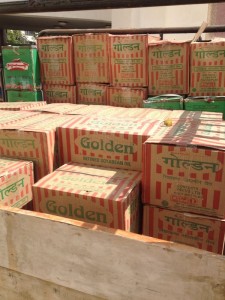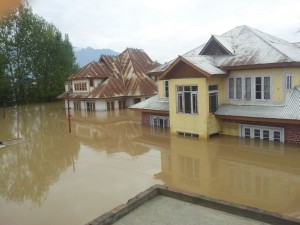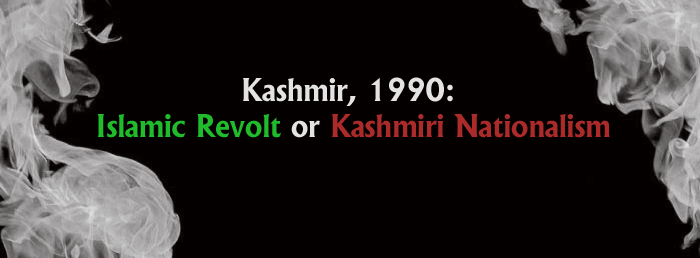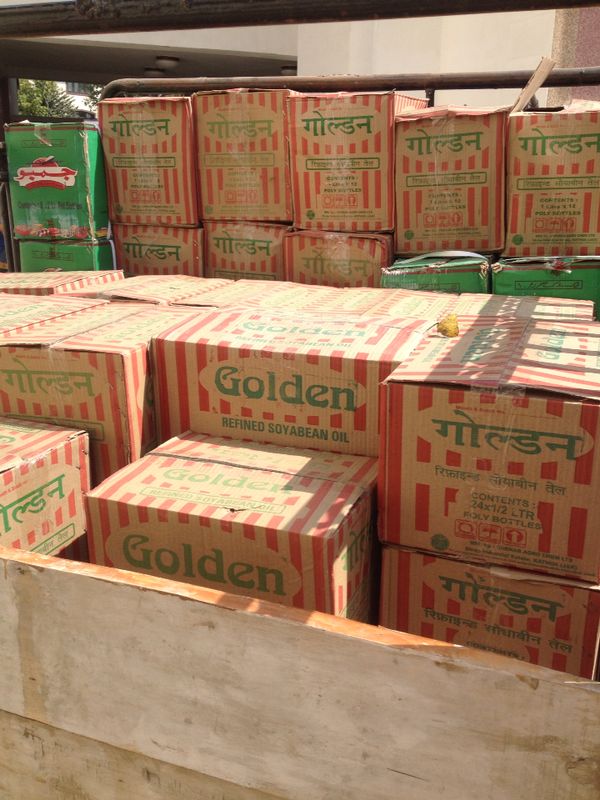93. Kashmir, 1990: Islamic Revolt or Kashmiri Nationalism
AKBAR S. AHMED
Professor Akbar S Ahmed is Visiting Fellow and Fellow of Selwyn College, University of Cambridge.
In an analysis of Muslims living as a minority in a non-Muslim state I had suggested that the traditional Muslim responses of hijra, migration, and jihad, holy war, to unsatisfactory circumstances were no longer possible in the modern era.’ A third alternative appeared to have been developing, that of accommodating as a minority in the modern state. Recent events in different parts of the world have challenged this assertion. Although the minority condition affects a large percentage of Muslims, as many as one-fourth of their total number, we will look at these in India, the USSR and Israel.
The central question we wish to address is whether the contemporary Kashmiri expression of independence in 1990 is part of a global Islamic pattern or yet another temporary reaction to some local provocation?2 If the former, is it linked to the uprisings in Israel and the Muslim Central Asian Republics of the USSR? We look for a link, not a direct political one but a conceptual one. What are the similarities, what identical patterns, what unifying principle may be identified, common to these movements? Numerous related questions arise. Is this a Kashmiri intifada? If the latter, what are the sources of disaffection, what are the objectives and what affect will they have—and arc having—on the fate of other Muslims in India? Also, how has the Kashmiri uprising fed communal feelings among the majority Hindus and thus reinforced parties like the BJP?
Let us attempt to discover the familiar topic running through the Muslim movements by identifying the structural similarities. We may identify seven features.
SENSE OF DEPRIVATION
A feeling of social, economic and political frustration exists in these areas. There is little industry, growth or economic opportunity. This stagnant economic picture is related to the feeling of being deliberately neglected-or discriminated against—by the central government. Kashmir has virtually no major industrial unit in the state. Tourism during the ‘season’ in its only source of income. The Kashmiri language and culture have been allowed to atrophy. Politically, Kashmiris have incessantly complained that their state is almost unique in India for not having— or almost never having—fair and free elections since independence. Its own local government is seen as corrupt and inefficient, imposed on them by Delhi. Promises, from those of Mountbatten to those of Nehru, for plebiscite have been ignored and forgotten. These grievances bring together the desperate Muslim ethnic groups in Kashmir, including Ladakhi Muslim and Jammu ones, although their political positions may be different. The concept of “Kashmiriat” as a distinct, local culture is thus fuelled.
POLICY OF REPRESSION
The central governments in each case have clearly shown their bankruptcy in their dealings with these movements. Failed methods, exhausted ideas and cultural stereotypes emanate from government. The bankruptcy has ensured the over-reaction. They have neither understood the mood nor its causes. The problem is seen in simplistic terms, as one of law and order, one linked to terrorism, one created by fanatics, “fundamentalists”. Bullets and batons have been too frequently used.
The impatient reaction of the government is linked to its fear of the international implications of foreign involvement and possible future developments. All three Muslim areas are situated on sensitive international borders with a history of dispute and restlessness. The state simply cannot compromise on these areas without a genuine possibility and fear of unravelling its own fabric. The USSR fears that its Islamic Republics may one day break away, Israel is concerned about a separate Palestinian state and India about Kashmir joining Pakistan or becoming independent. The impact of Kashmir breaking away from India would be devastating for its 100 million Muslims. It would confirm the BJP argument that Muslims cannot be trusted and must either ‘Hinduize’ or leave the country. Forty years on, Muslims in India again face uncertainty, the old wounds have opened. Religion, politics and communalism are inextricably mingled in India, affecting every aspect of life, even the popular cinema.3
These fears ensure the extraordinarily harsh measures of the state. The brutal handling by Moscow of the Azerbaijanis is contrasted to its gentility with the Lithuanians; in one place tanks and killing, in the other, talks and promises of concessions. The Israelis have lost considerable support among their traditional allies in the West for their repressive handling of the intifada. And the Indian government is critcised even by Indians for its unprecedented heavy-handedness in Kashmir. The point is not that government-inspired agencies did or did not kill Mir Waiz; the important point is the people in Kashmir believe he was killed by them. Unending curfew, total disruption of life, escalating violence and reports of rape and torture as reported.4 Again, let us not isolate events in Kashmir from the rest of India. The last years have seen an increase in the trends mentioned above.5
To be fair to the Indian government, it is important to point out that their actions in Kashmir must not be seen as specifically designed for Muslims. The response to Sikh assertion of independence was, and is, similarly harsh.6 It is the deep-rooted central government nightmare of disintegration which is linked to the events of 1947. The only reaction to assertion of identity is suppression. “Pakistan” must never be allowed to happen again.






Recent Comments